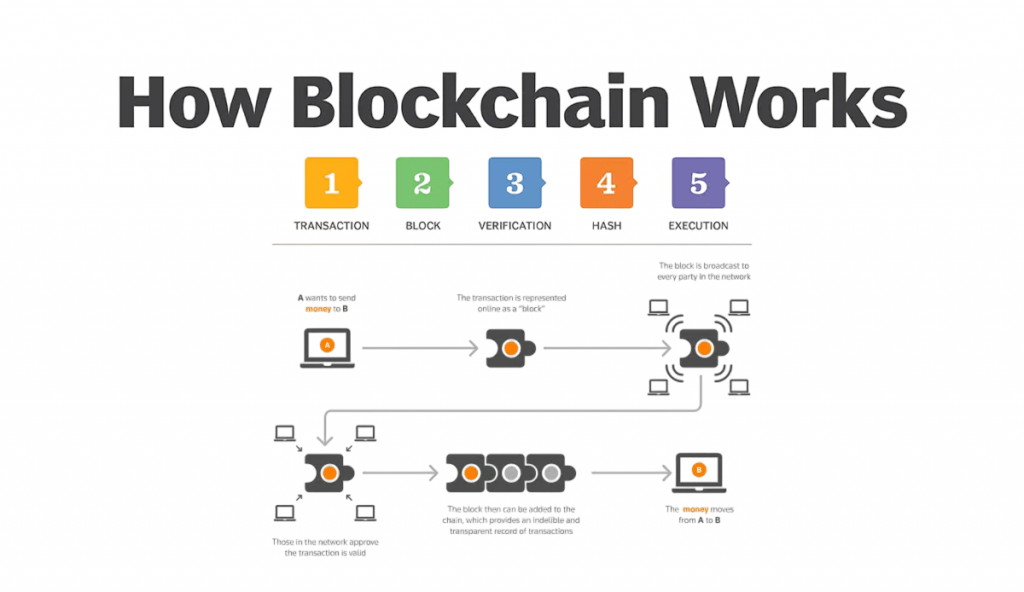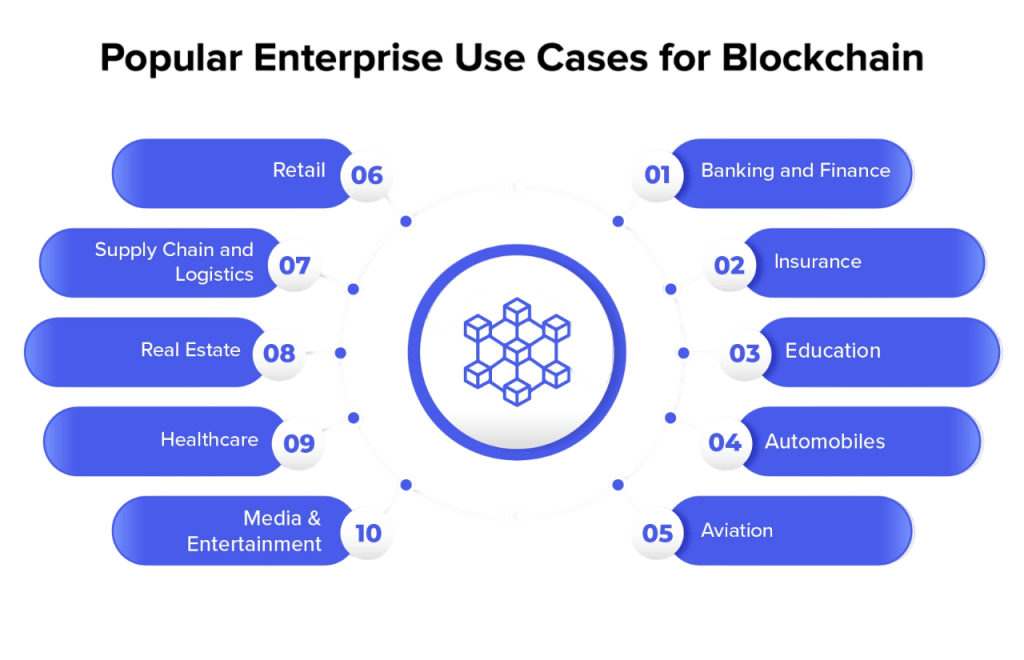
- Introduction to Merkle Trees
- History and Use in Cryptography
- How Merkle Trees Work
- Merkle Root and Hash Functions
- Role in Blockchain Verification
- Efficient Data Integrity Checks
- Use in Bitcoin and Ethereum
- Tamper Proof Structure
- Merkle Proofs Explained
- Real Life Blockchain Use Cases
- Merkle Trees vs Other Structures
- Summary and Importance of Web3
Introduction to Merkle Trees
primary use of merkle tree in blockchain, also known as hash trees, are a fundamental data structure in the fields of computer science and cryptography. Their structure provides a way to efficiently and securely verify the contents of large data sets. Named after Ralph Merkle, who introduced the concept in 1979, Merkle Trees enable cryptographic operations that are both secure and scalable. In the realm of blockchain technology, Merkle Trees have become indispensable for ensuring data integrity, validation, and efficiency. At a high level, a Merkle Tree organizes data in a binary tree where every leaf node is a cryptographic hash of a data block, and every non-leaf node is the hash of its child nodes. This hierarchical hashing allows a single hash the Merkle Root to represent the entire data set. Any change in the data would result in a different root hash, providing an efficient mechanism for integrity checks.
Are You Interested in Learning More About Database? Sign Up For Our Database Online Training Today!
History and Use in Cryptography
The origin of Merkle Trees traces back to Ralph Merkle’s 1979 paper, “A Digital Signature Based on a Conventional Encryption Function.” The concept was developed to solve the problem of securely transmitting public keys and validating large amounts of data using a minimal set of information. Over time, Merkle Trees found applications beyond simple data verification. They became central to peer-to-peer networks, secure file sharing (like BitTorrent), and eventually, cryptocurrencies. In all these applications, Merkle Trees offer a way to verify data integrity without requiring the complete dataset, an important feature in distributed systems and constrained environments.
Their primary use of merkle tree in blockchain cryptographic systems is vital because they allow- Efficient verification of data
- Tamper detection through hash comparisons
- Privacy preservation, since full data sets need not be shared
How Merkle Trees Work
These individual hashes are then paired and hashed again. This process creates the next level in the tree, reducing the number of nodes until a single hash remains. That final hash at the top of the structure is called the Merkle Root. It represents the entire set of original data in a single, compact form. Let’s look at an merkle tree blockchain example. Suppose you have four data blocks: A, B, C, and D. To create four leaf nodes: H(A), H(B), H(C), and H(D). Next, you combine these hashes in pairs. For instance, H(AB) is created by hashing H(A) and H(B), and H(CD) is formed from H(C) and H(D).

This pairing ensures that all lower-level hashes contribute to the final root. you hash together H(AB) and H(CD). The result, H(H(AB) and H(CD)), becomes the Merkle Root and summarizes all the underlying data. This system works because each node’s hash depends on its child nodes. If even a single data block changes, all the hashes above it, including the Merkle Root, will also change. This change makes the structure clear and secure. That’s why Merkle tree blockchain explained is crucial for understanding how blockchain maintains data integrity and transparency.
To Explore Database in Depth, Check Out Our Comprehensive Database Online Training To Gain Insights From Our Experts!
Merkle Root and Hash Functions
The primary use of merkle tree in blockchain is to create a secure summary of all transactions in a block through a structure called the Merkle Root. This root serves as a digital fingerprint that represents the entire dataset. If any part of the data changes, the Merkle Root changes as well, making it easy to spot tampering. This feature makes the Merkle tree blockchain explained important for blockchain systems that require quick and reliable verification. Hash functions are key in this process. They are also fast to compute and offer security through preimage resistance, which means you can’t reverse-engineer the input from the hash. Collision resistance ensures that no two different inputs create the same output, and the avalanche effect indicates that even a small change in the input results in a completely different hash. The main benefit of the Merkle tree in blockchain is its ability to compress, secure, and confirm the integrity of transactions in a lightweight, tamper-proof way.Role in Blockchain Verification
Merkle Trees are crucial to how blockchains verify transactions efficiently and securely. Each block in a blockchain contains a Merkle Root that summarizes all transactions in that block.
Blockchain Verification Steps:
- When a node receives a new block, it doesn’t need to check all transactions.
- Instead, it checks the Merkle Root to ensure the integrity of the entire block.
- For specific transactions, Merkle Proofs (explained later) allow quick validation using just a small portion of the tree.
- This drastically reduces the amount of data and computation needed for transaction validation, improving blockchain scalability and efficiency.
Efficient Data Integrity Checks
Merkle Trees shine in situations where verifying data integrity with minimal information is necessary. Instead of transmitting and checking all data, a Merkle tree blockchain explained Tree structure allows users to:
- Validate any single piece of data
- Prove its inclusion in a dataset
- Do so with logarithmic complexity (O(log n))
Efficiency Benefits:
- Reduced bandwidth: Only partial data is needed for verification.
- Low computational load: No need to rehash entire data sets.
- Scalability: Suitable for large datasets and distributed networks.
These benefits are vital for lightweight clients (like mobile crypto wallets) and distributed applications (dApps) operating on limited resources.
Use in Bitcoin and Ethereum
Bitcoin:
- Each block contains a Merkle Root summarizing all transactions.
- When a transaction is broadcast, nodes use Merkle Proofs to validate it against the Merkle Root.
- Lightweight clients (SPV – Simplified Payment Verification) primary use of merkle tree in blockchain this feature to verify transactions without downloading the full blockchain.
Ethereum:
- Merkle Patricia Tries: A hybrid of Merkle Trees and radix trees.
- They store and verify not only transactions but also account states and smart contract storage.
- Ethereum’s structure supports more complex applications and allows state verification for dApps.
Want to Learn About Database? Explore Our Database Interview Questions and Answers Featuring the Most Frequently Asked Questions in Job Interviews.
Tamper Proof Structure
Merkle Trees naturally detect tampering. Any change in the leaf data creates a new hash, which changes all parent hashes up to the Merkle Root. In a Merkle tree blockchain example, if someone alters a transaction, the Merkle Root will not match the expected value. This difference allows network nodes to quickly identify invalid blocks and reject them. As a result, the system stays trustworthy and unchangeable without any central control. This feature makes Merkle Trees perfect for decentralized settings, where ensuring data integrity is essential without depending on trust or complete visibility among all nodes.
Merkle Proofs Explained
Merkle Proofs (or Merkle Branches) are the heart of Merkle Tree verification. A Merkle Proof is a small set of hashes that allows verification of a specific data piece’s inclusion in the tree without needing the whole tree.
Example:
- Provide H(A), H(B), and H(CD)
- The verifier combines H(A) + H(B) = H(AB), then H(AB) + H(CD) = Merkle Root
- If this matches the known root, the transaction is valid
Benefits:
- Lightweight: Small data set
- Efficient: Quick validation
- Private: Doesn’t expose all data
Merkle Proofs empower SPV clients and cross-chain interoperability by enabling partial trustless verification.
Real Life Blockchain Use Cases
Merkle Trees are used in a wide range of real-world blockchain applications:
Bitcoin:
- Validates transactions without downloading full block data
- Enables SPV wallets
Ethereum:
- Manages state in Merkle Patricia Tries
- Supports smart contracts and dApps
IPFS and Filecoin:
- Organizes file chunks using Merkle DAGs (Directed Acyclic Graphs)
- Enables content-addressable storage
Zcash:
- Uses Merkle Trees for zero-knowledge proof commitments
- Ensures private, secure transactions
Hyperledger Fabric:
- Utilizes Merkle Trees for maintaining secure chain code states

These merkle tree blockchain example illustrate how Merkle Trees offer speed, scalability, and security in various blockchain protocols and systems.
Merkle Trees vs Other Structures
| Feature | Merkle Tree | Binary Tree | Linked List | Trie |
|---|---|---|---|---|
| Hashing | Yes | No | No | No |
| Integrity Proof | Yes | No | No | Partial |
| Efficiency | High | Medium | Low | Medium |
| Use in Blockchain | Yes | Rarely | No | Yes (Patricia Tries) |
| Tamper Detection | Yes | No | No | Yes (if hashed) |
Why Merkle Trees Are Superior:
- Only Merkle Trees provide cryptographic verification
- Designed for immutable systems
- Scalable and efficient for large data validation
Their unique hashing structure makes them ideal for blockchain and Web3 applications, where data immutability, integrity, and decentralization are crucial.
Summary and Importance of Web3
merkle tree blockchain explained as a cornerstone of modern cryptographic systems and decentralized technologies. Their efficient, tamper-proof structure enables secure data validation, scalability, and trustless interaction, all core tenets of Web3.
In Web3, Merkle Trees:
- Allow users to verify data ownership and authenticity
- Empower decentralized finance (DeFi) and NFT verification
- Enable layer-2 scalability solutions like rollups
- Improve cross-chain communication and interoperability
As Web3 evolves, the Merkle tree blockchain explained will remain pivotal in building transparent, secure, and decentralized systems. Their simplicity, efficiency, and robustness make them an essential tool in any blockchain developer’s toolkit. For anyone looking to understand the technical foundations of blockchain or pursue a career in Web3, mastering Merkle Trees is a necessary step.





